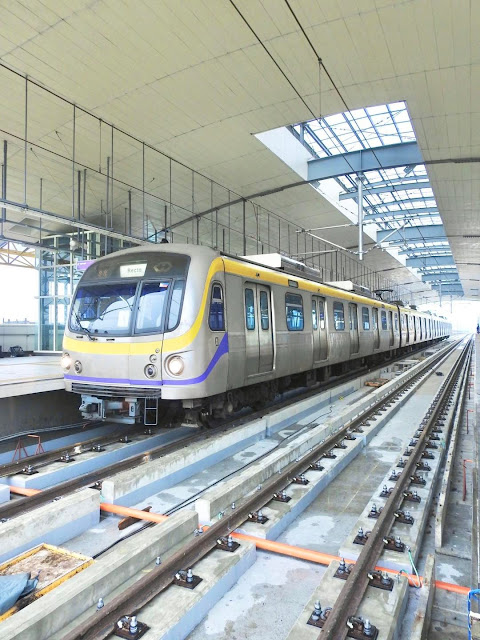The project was likewise included in the investment program of the National Government, both in the 2005 Medium Term Philippine Development Plan and 2009 Comprehensive Integrated Infrastructure Program.
Loading...
In 2009, the series of feasibility studies eventually led to the investment approval for the project.
Suffice it so say, it took two decades and four (4) administrations before the plan to construct the LRT-2 Extension Project was made into reality.
Under the Duterte Administration, the second out of three (3) construction contracts for the stations was awarded on 29 December 2016. The DOTr also awarded the 3rd construction contract for the project’s electromechanical systems on 14 December 2018.
On 01 July 2021, the project was finally inaugurated.
The LRT-2 East Extension Project trimmed travel time from Claro M. Recto in Manila to Masinag in Antipolo from 3 hours via bus or jeepney to just 30 to 40 minutes.
The project has increased the rail line’s average daily passenger capacity from 240,000 to 320,000 as well.
The completion of the LRT-2 East Extension Project also aims to help reduce traffic congestion along Marcos Highway, especially in Marikina, Pasig and Antipolo, by encouraging more people to use the train instead of private vehicles.
via DOTr
















No comments
Let us know your thoughts!